Building a bio digester is a sustainable and cost-effective way to manage organic waste and produce renewable energy.
In this guide, we’ll walk you through the process of building a bio digester step by step.
As you embark on this eco-friendly journey, remember that Bio Digester Kenya is your trusted partner for bio digester design, installation, and maintenance services in Kenya.
Introduction
Bio digesters offer an innovative solution for converting organic waste into biogas and nutrient-rich fertilizer.
By building your bio digester, you can reduce waste, generate renewable energy, and contribute to environmental sustainability.
Understanding Bio Digesters
Before diving into the construction process, it’s essential to understand what bio digesters are and how they work.
Bio digesters use anaerobic digestion to break down organic waste, such as food scraps, animal manure, and sewage, into biogas and digestate.
Benefits of Bio Digesters
Bio digesters offer several benefits, including:
- Renewable Energy: Biogas produced by bio digesters can be used for cooking, heating, or electricity generation.
- Waste Reduction: Bio digesters help divert organic waste from landfills, reducing greenhouse gas emissions and environmental pollution.
- Fertilizer Production: The digestate produced by bio digesters is rich in nutrients and can be used as fertilizer for plants.
Types of Bio Digesters
There are two main types of bio digesters:
Batch Bio Digesters
Batch bio digesters are filled with organic waste all at once and allowed to digest for a set period before being emptied and refilled.
Continuous Bio Digesters
Continuous bio digesters operate continuously, with organic waste added gradually over time and biogas and digestate continuously removed.
Materials and Tools Needed
To build a bio digester, you’ll need the following materials and tools:
- Digester Tank: Concrete, plastic, or metal tank to contain the organic waste and facilitate anaerobic digestion.
- Inlet and Outlet Pipes: PVC pipes to allow for the entry and exit of waste and effluent.
- Ventilation System: Ventilation pipes and fan to facilitate biogas release and airflow within the tank.
- Sealing Material: Silicone sealant or rubber gaskets to ensure airtight connections between pipes and tank.
Construction Process
Site Selection and Preparation
- Choose a suitable location for the bio digester, considering factors such as space availability, proximity to waste sources, and access for maintenance.
- Prepare the site by clearing vegetation, leveling the ground, and ensuring adequate drainage.
Building the Digester Tank
- Construct the digester tank using the chosen material (concrete, plastic, or metal), following the manufacturer’s instructions or engineering specifications.
- Ensure the tank is properly reinforced and sealed to prevent leaks and gas escape.
Installing Inlet and Outlet Pipes
- Install inlet and outlet pipes to allow for the entry of organic waste and the exit of biogas and digestate.
- Position the pipes securely and ensure watertight connections with the tank.
Adding Ventilation System
- Install ventilation pipes and a fan to promote airflow within the tank and facilitate the release of biogas.
- Ensure the ventilation system is properly sized and positioned to maximize gas production and prevent buildup of harmful gases.
Testing and Commissioning
Once the bio digester is constructed, it’s essential to test the system to ensure proper operation. Conduct leak tests, pressure tests, and functional tests to verify the integrity and functionality of the system.
Maintenance Tips
Regular maintenance is essential to keep your bio digester operating efficiently. Perform routine inspections, cleanings, and servicing as recommended by the manufacturer or a qualified technician.
Cost Considerations
The cost of building a bio digester can vary depending on factors such as tank size, materials used, and labor costs. However, the long-term benefits and savings from using a bio digester often outweigh the initial investment.
Why Choose Bio Digester Kenya
When it comes to bio digester solutions in Kenya, Bio Digester Kenya is your trusted partner.
We offer expert advice, quality products, and reliable services to meet all your bio digester needs.
Our Bio Digester Solutions
At Bio Digester Kenya, we provide comprehensive bio digester solutions, including design, installation, maintenance, and support.
Our team of experts ensures that your bio digester is built and operated efficiently, providing you with sustainable waste management and renewable energy solutions.
Conclusion
Building a bio digester is a practical and eco-friendly way to manage organic waste and generate renewable energy.
By following the steps outlined in this guide and choosing Bio Digester Kenya as your partner, you can enjoy the benefits of a sustainable and cost-effective waste management solution.
FAQs About Building a Bio Digester
How long does it take to build a bio digester? The construction time for a bio digester can vary depending on factors such as size, complexity, and site conditions. However, it typically takes a few days to a few weeks to complete the construction process.
Can I build a bio digester myself, or do I need professional help? While some DIY enthusiasts may be able to build a small-scale bio digester on their own, larger and more complex systems often require professional assistance to ensure proper construction and operation.
What materials are best for building a bio digester tank? The choice of materials for the bio digester tank depends on factors such as budget, durability, and availability. Common options include concrete, plastic (HDPE), and metal (stainless steel).
How much space do I need to build a bio digester? The space requirements for a bio digester depend on factors such as tank size, waste volume, and site conditions. It’s essential to consider space for the tank, piping, and ventilation system, as well as access for maintenance.
Can I use the biogas produced by my bio digester for cooking or heating? Yes, the biogas produced by a bio digester can be used for cooking, heating, or electricity generation, providing a renewable and sustainable energy source for your home or business.



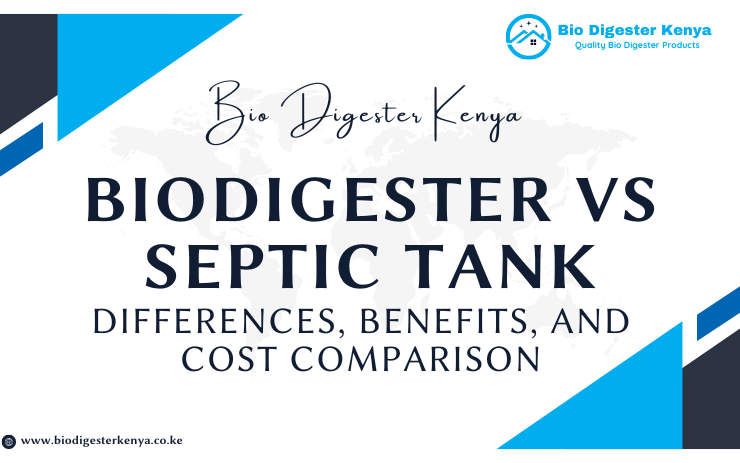
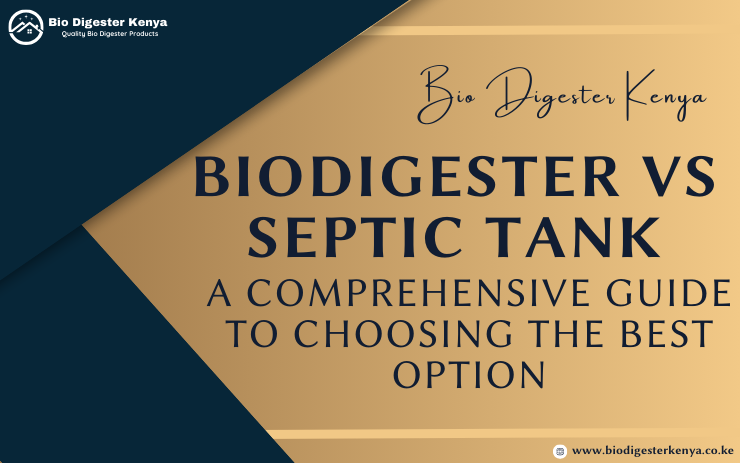
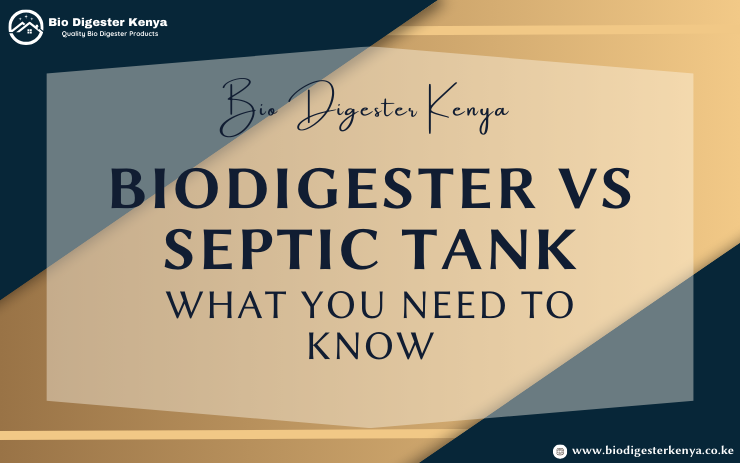
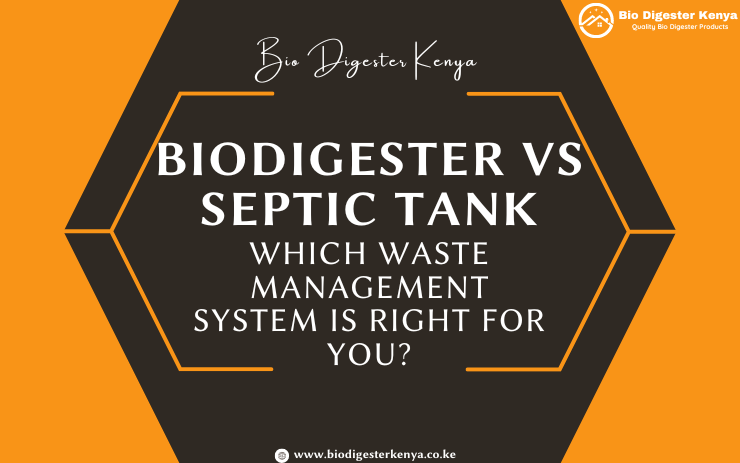




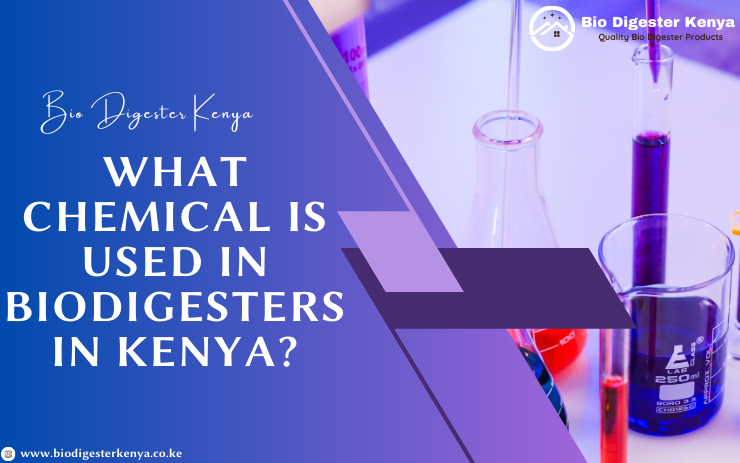
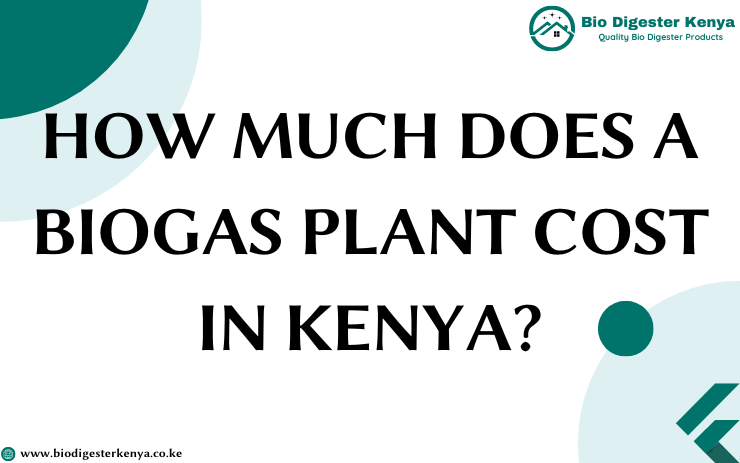
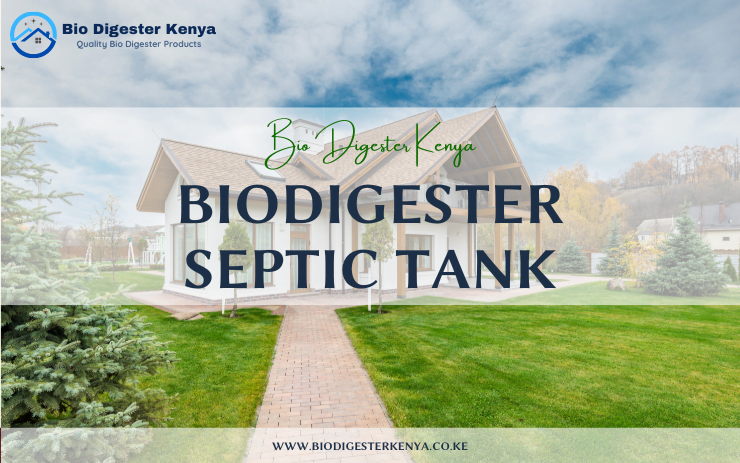
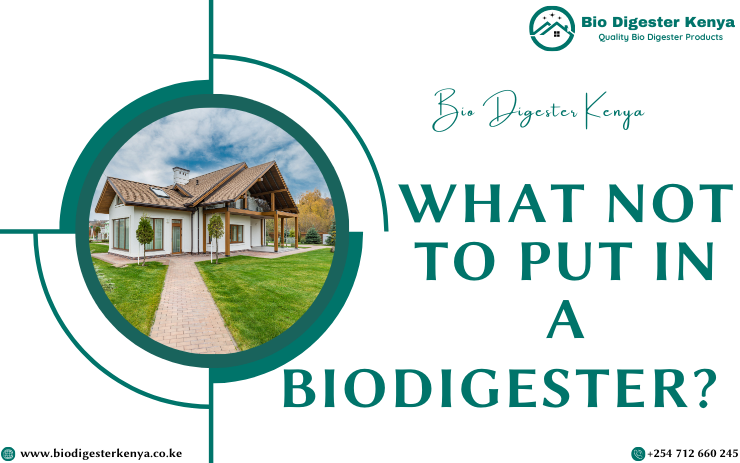





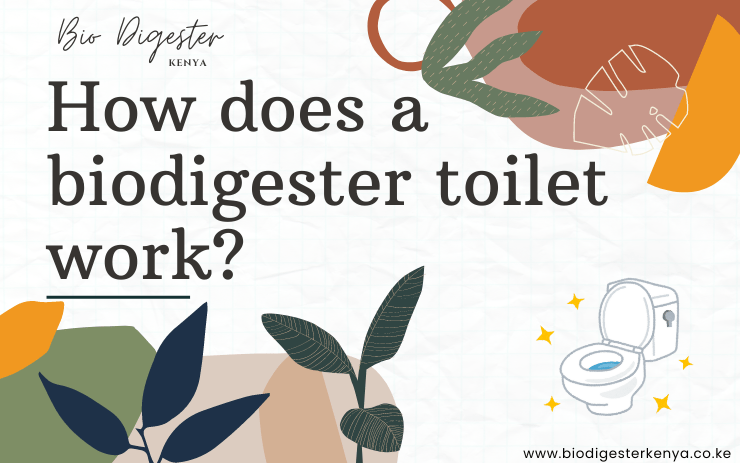




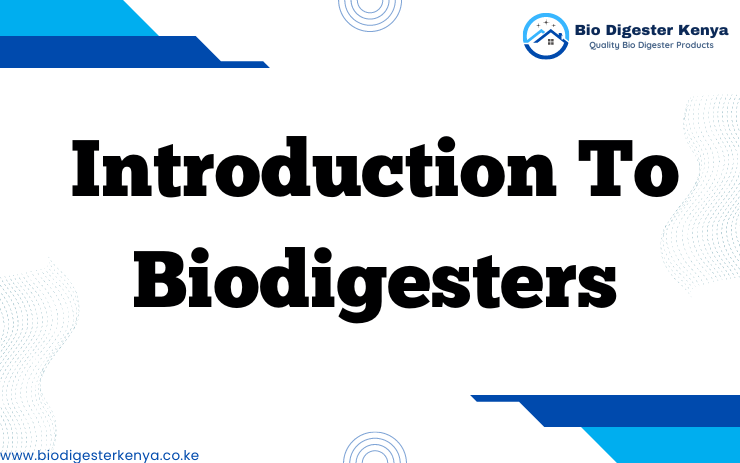


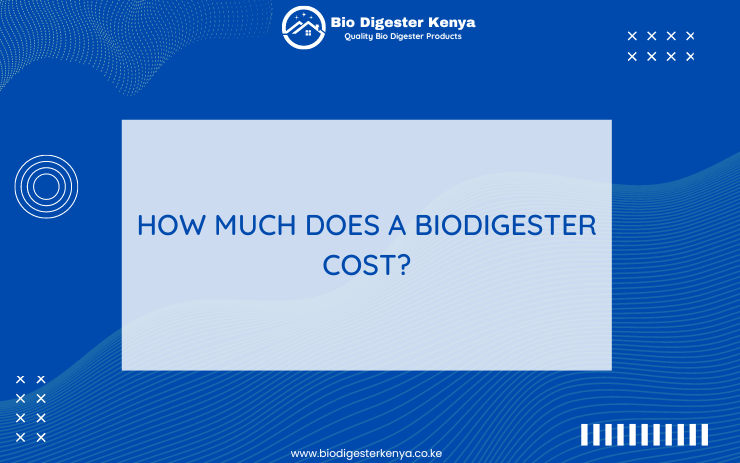



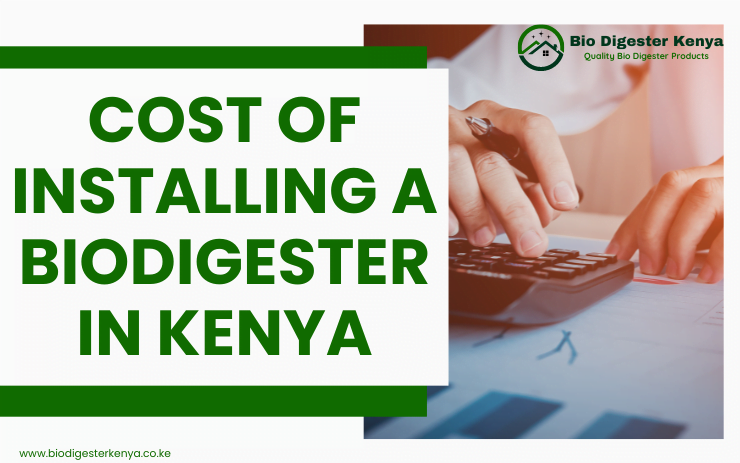



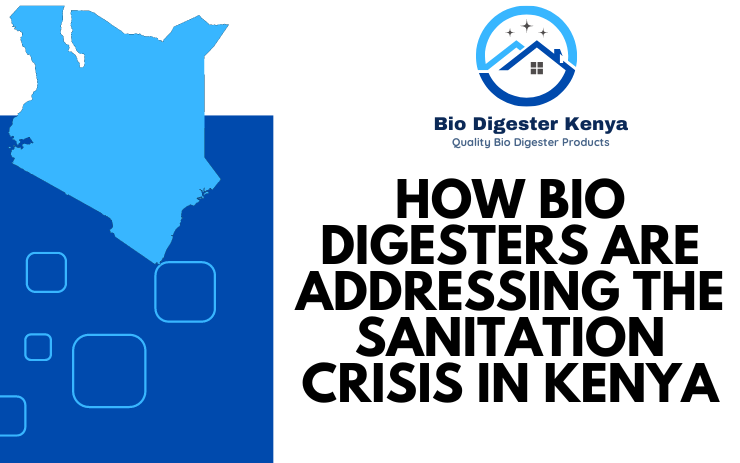
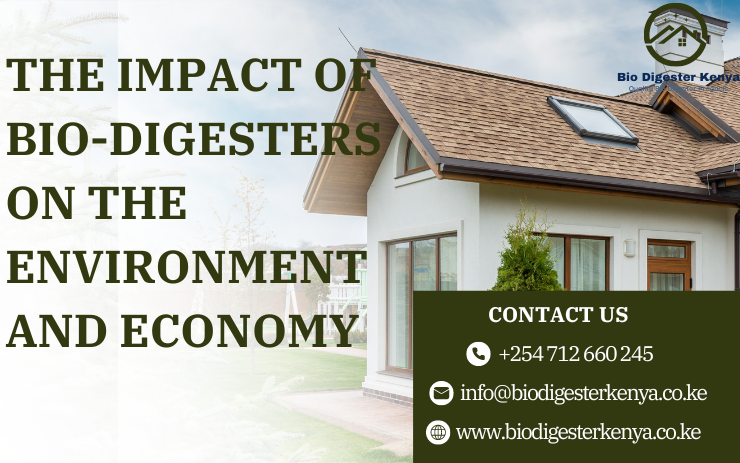



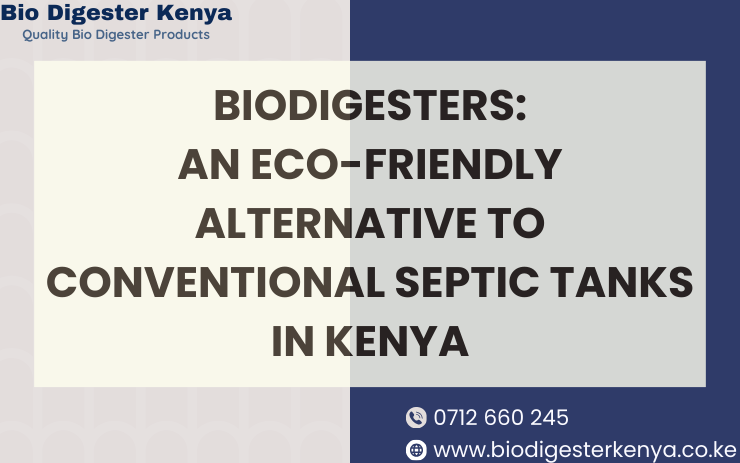
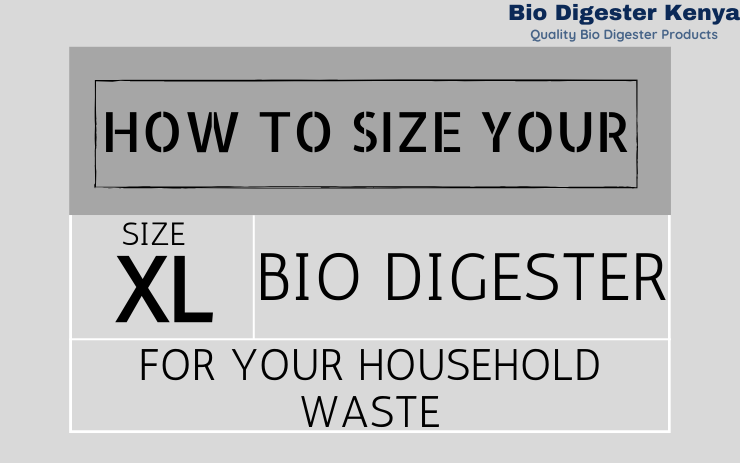



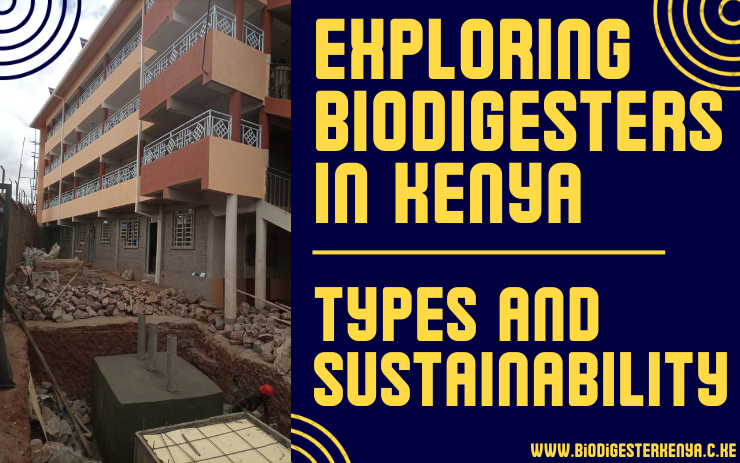
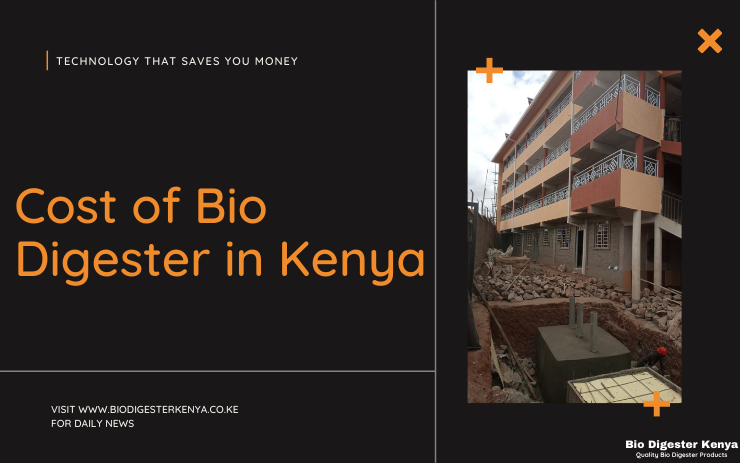




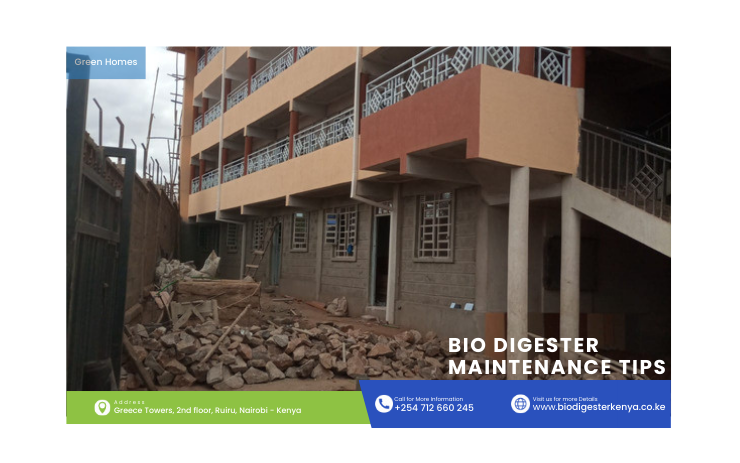
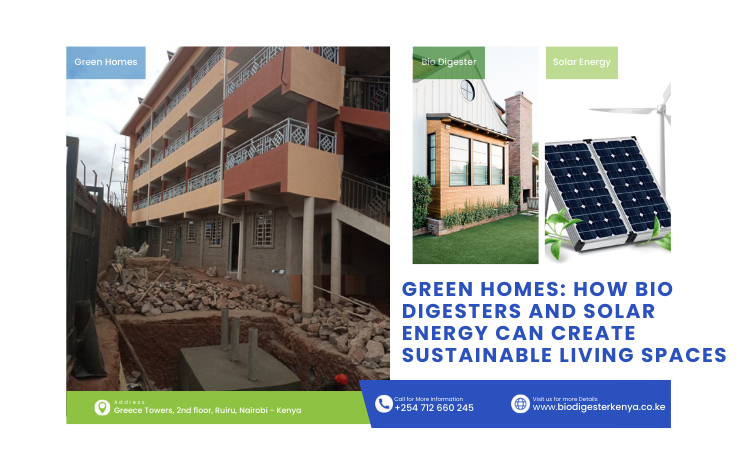


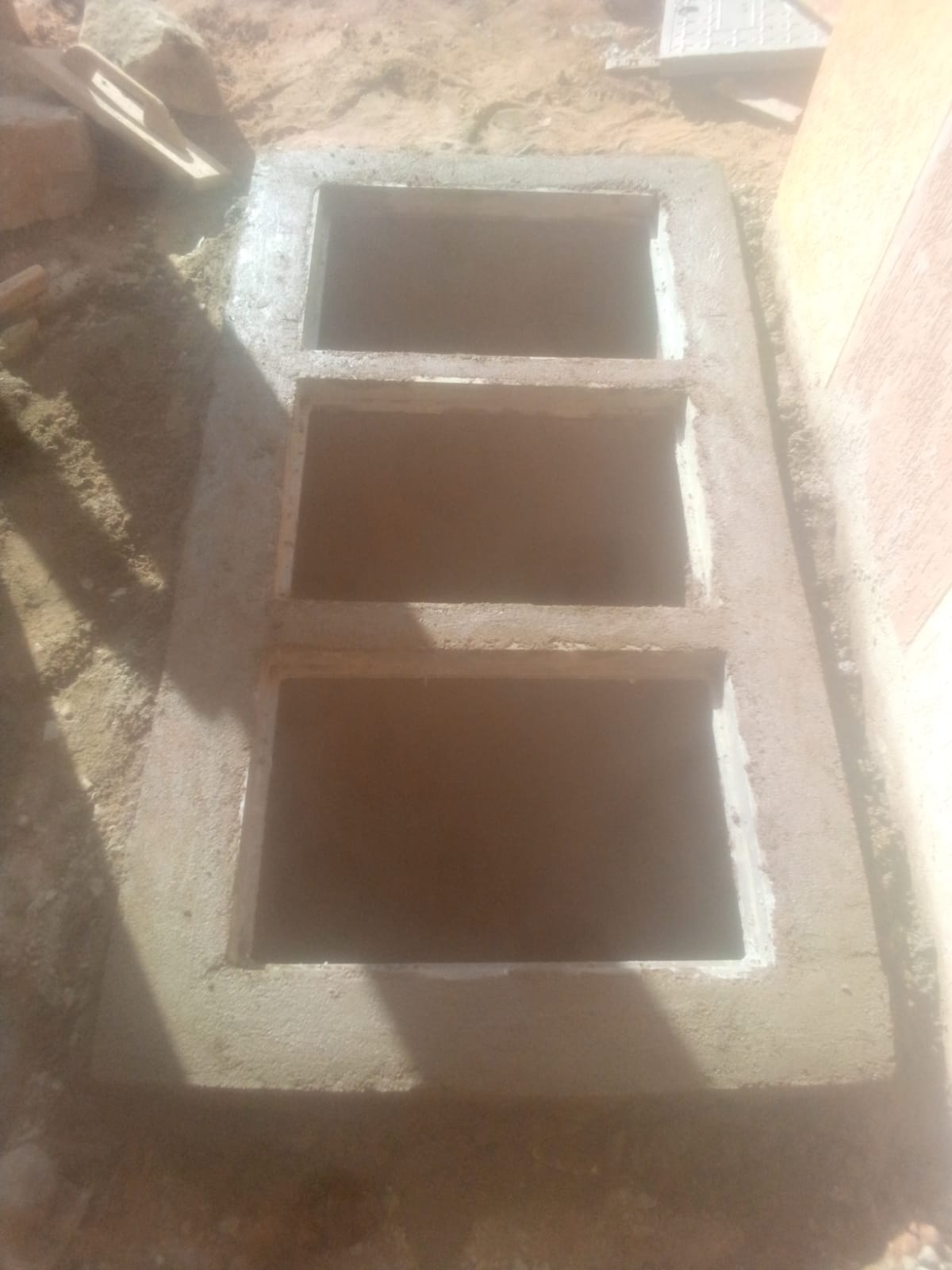

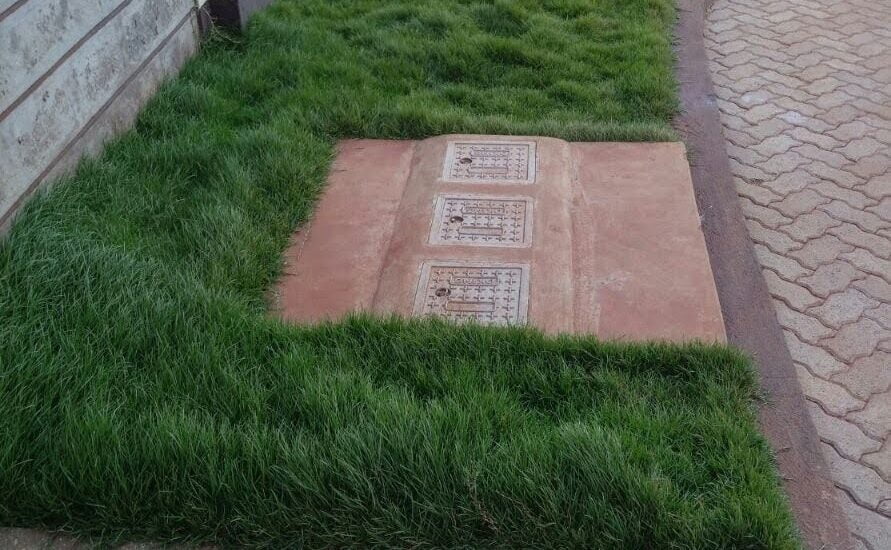




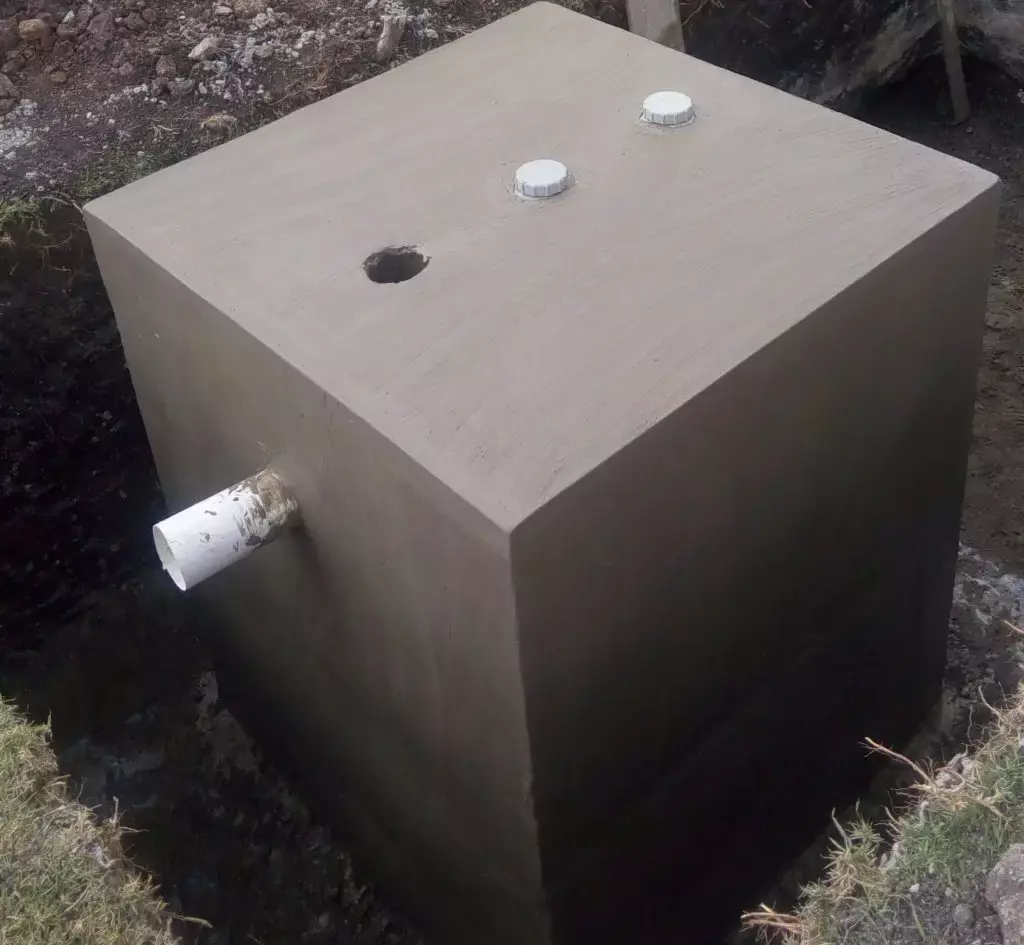
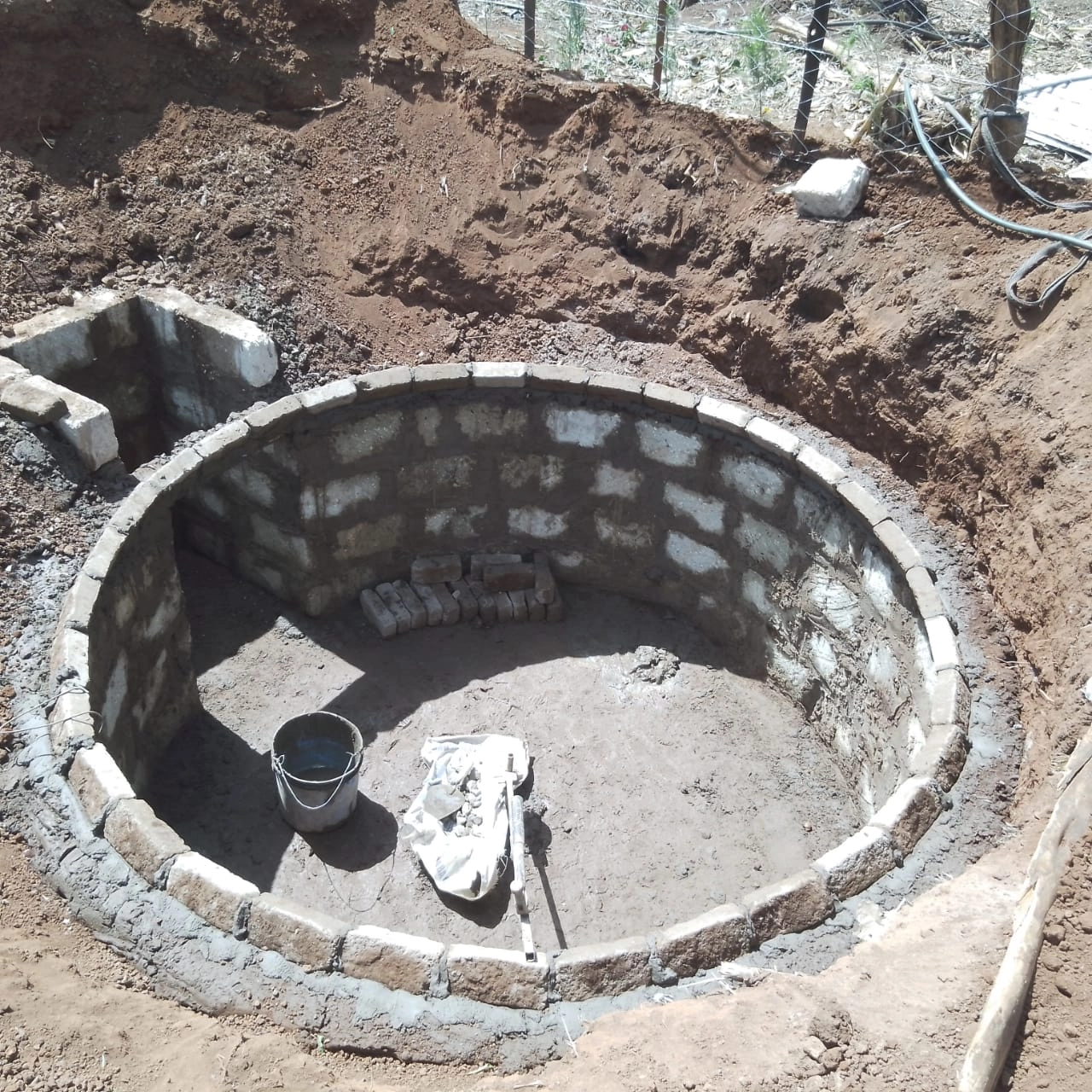
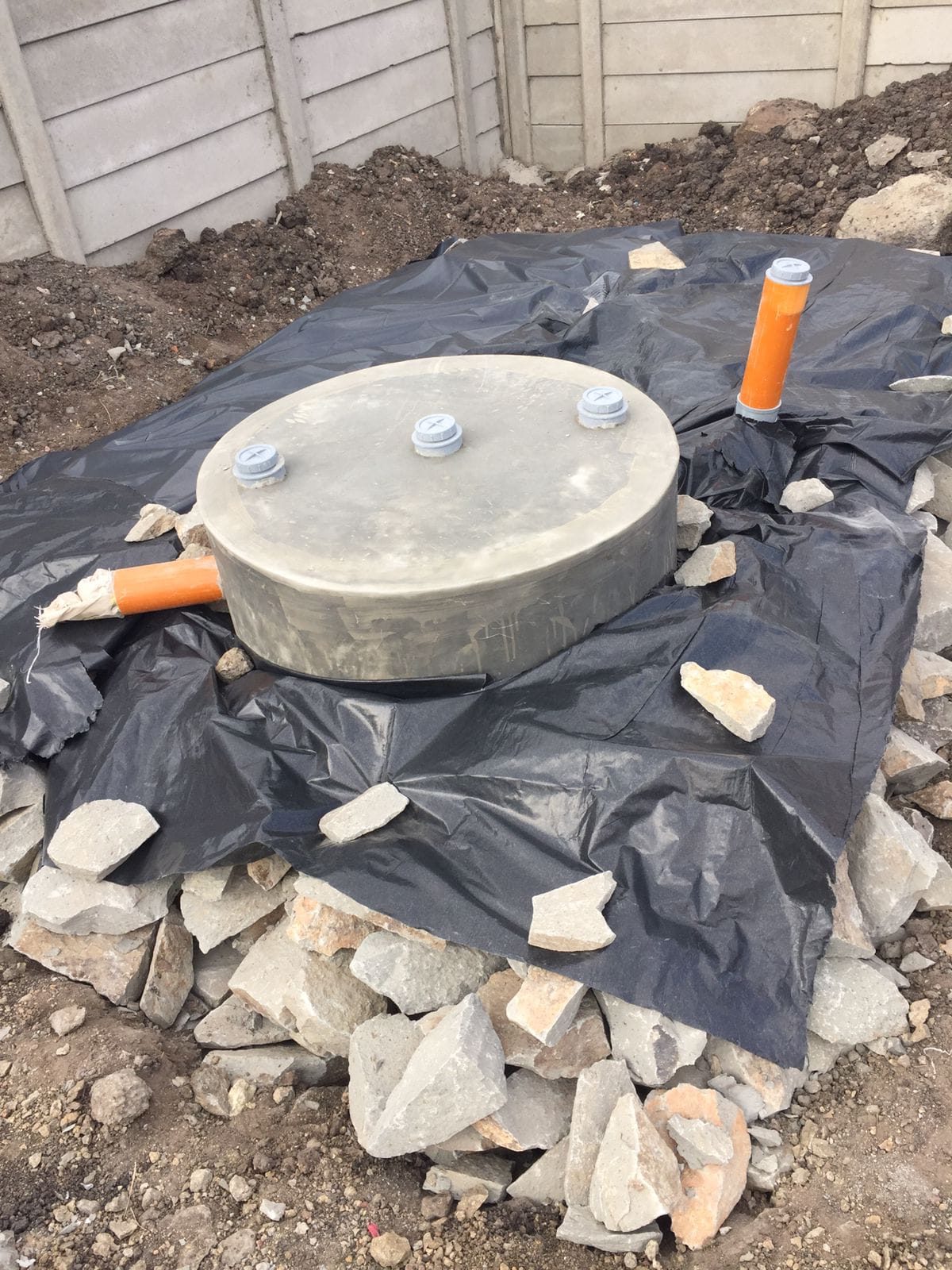
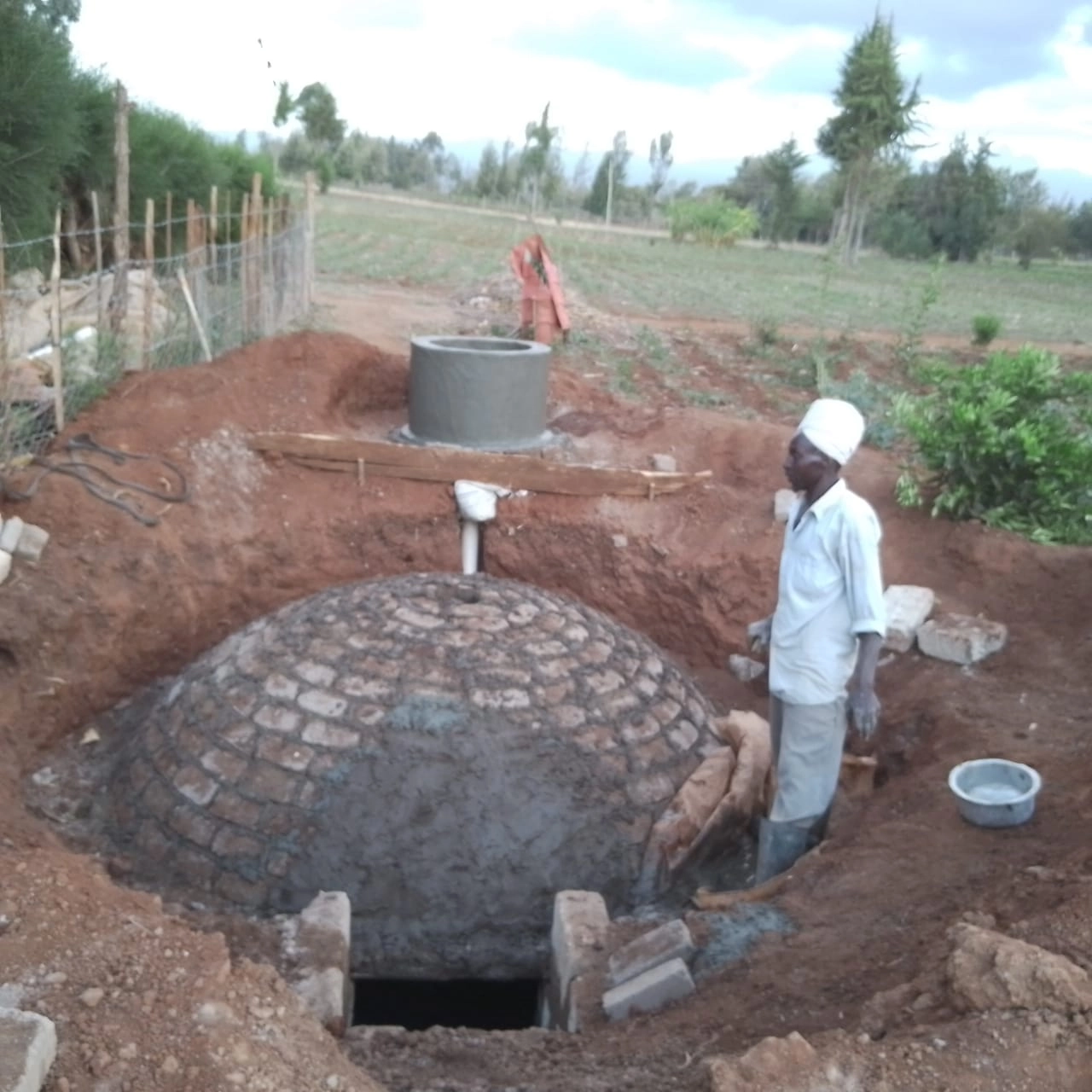
F. Alonzo
June 11, 2024 at 11:19 pmI really like your writing style, great info, regards for putting up :D.
Hoyt Trivane
July 25, 2024 at 8:49 pmMajor thanks for the articleMuch thanks again